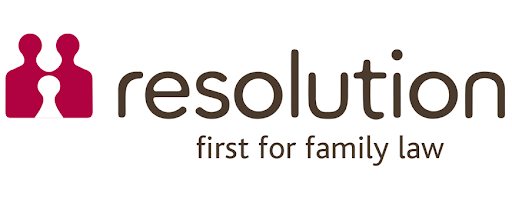The UK government has launched a wide-ranging review of parental leave and pay rights, set to run for 18 months, with the aim of considering potential reforms to law and policy. As part of the review, a summary of existing evidence has been published, alongside a public call for evidence, which closed on 25 August 2025.
Scope of the Review
The review, led jointly by the Department for Business and Trade (DBT) and the Department for Work and Pensions (DWP), will examine all forms of parental leave and pay, including:
- Maternity, paternity, adoption, shared parental, neonatal care, and parental bereavement leave and pay
- Unpaid parental leave
- Maternity allowance
Alongside the call for evidence, the government has published:
- The review’s terms of reference
- A summary of existing evidence based on survey data
- HMRC statistics on statutory payments from 2014 to 2024
The review notes ongoing improvements under the Employment Rights Bill, which will remove qualifying periods for paternity leave and unpaid parental leave, granting them “day one” rights.
Aims of the Review
The government has outlined four main aims:
- Define objectives for an effective system of parental leave rights.
- Expand the evidence base on the current system, assessing what works well for families and employers, including international comparisons.
- Consider options and principles for a system that meets government objectives, ideally with low cost to business and the exchequer.
- Develop a roadmap for improvements, including changes deliverable within fiscal constraints.
Key Objectives of Parental Leave and Pay
The review identifies several objectives for a parental leave system:
- Supporting maternal health and recovery post-birth
- Encouraging parents to remain in work, reducing the gender pay gap and the “motherhood penalty”
- Providing sufficient time and resources for parental wellbeing and children’s development
- Supporting flexible childcare and co-parenting choices
The government will also consider fairness, equality, cost, and social factors such as child poverty and changing social attitudes.
Existing Evidence
The government’s summary highlights several points about uptake and pay:
- Mothers: 83% took maternity leave, averaging 44 weeks; 70% received statutory maternity pay.
- Fathers: 59% took paternity leave, averaging 1.7 weeks; 58% received full pay.
- Shared Parental Leave (SPL): 1% of mothers and 4% of fathers.
Financial constraints were a significant barrier:
- 35% of fathers and 11% of mothers cited affordability issues as reasons for not taking leave.
- About 40% of parents reported financial reasons for not taking longer leave.
Data also showed higher uptake among older, better-educated, higher-income parents, and lower awareness among ethnic minorities, those with fewer qualifications, and employees in smaller workplaces.
Context
The review follows the Women and Equality Committee (WEC) report published in June 2025, which criticised the complexity and inadequacy of current parental leave provisions, particularly for fathers. The report highlighted that low statutory pay and complicated rules discourage take-up, entrench gender stereotypes, and contribute to the gender pay gap.
Earlier consultations, such as the 2019 Good Work Plan, considered more radical reforms, including shared family leave with equal entitlements for both parents, following models like Iceland. However, such proposals were not implemented under the previous government.
Whether the current government will pursue a fundamental overhaul, or incremental improvements remains to be seen. The review is expected to conclude at the end of 2026, providing a roadmap for potential legislative and policy changes.








